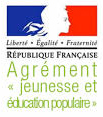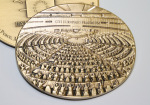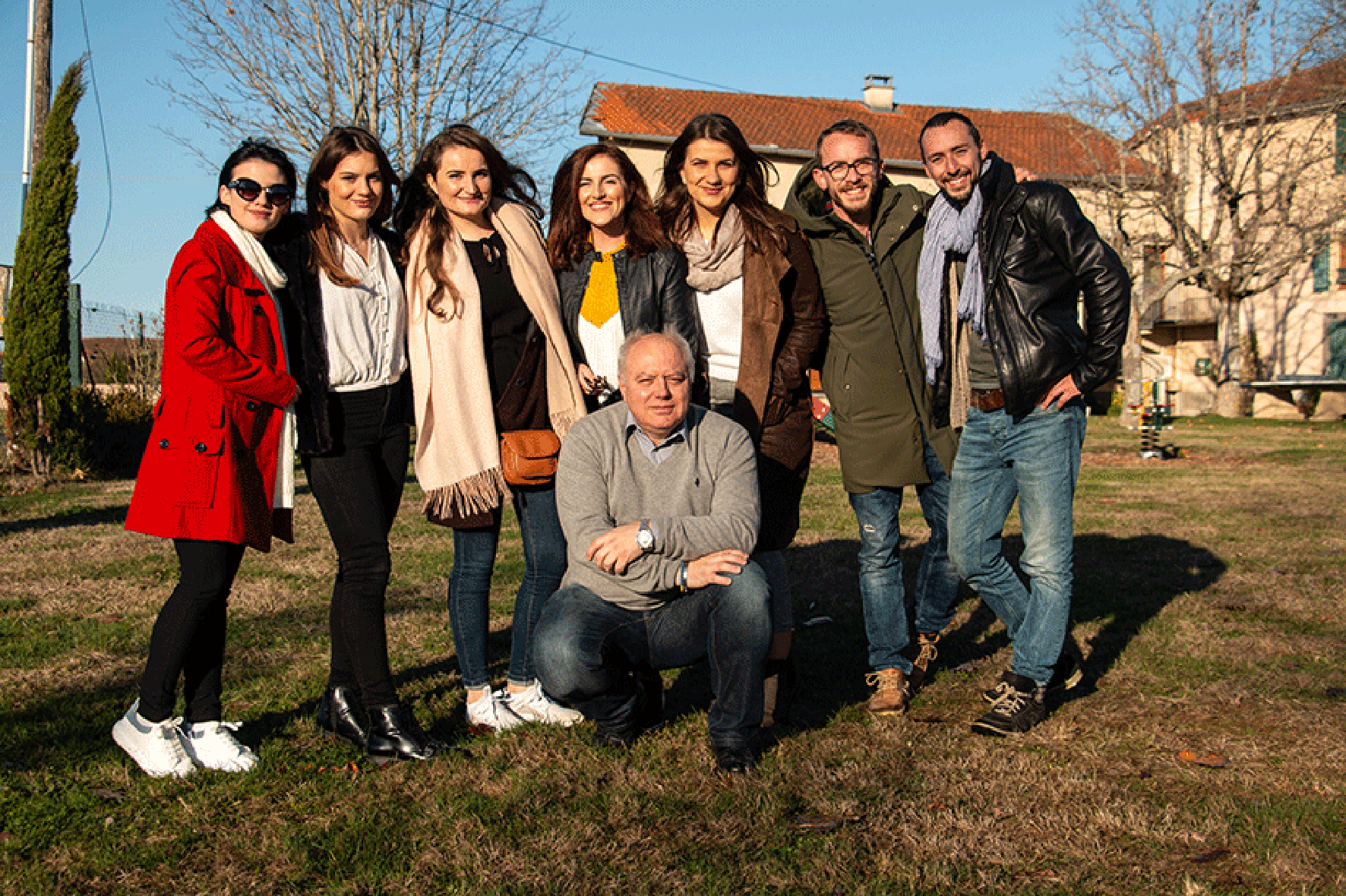Individual views on World War One

Crédit: Jana Kugoth
ARTE tells the history of World War One in an international documentary drama series
According to its definition, history deals with the past. Nonetheless, its impacts can still be felt today. For example, according to Peter Gottschalk, the situation in the Ukraine in 2014 is quite similar to the constellation in Europe one hundred years ago. The program director at ARTE is one of the creators of “des armes and des mots”, a documentary drama series about World War One. The presence of history in our daily lives motivated Peter Gottschalk and the team of the German-French television station ARTE to develop a new format for television to show the story of the Great WAr in a new way. “It was absolutely clear to us that in 2014, one century after World War One broke out, ARTE had to pick up the topic in one way or another”, Gottschalk explains. “We wanted to do something extraordinary, something new; something that people had never seen before.” Thus, the idea for the series “14 – Diaries of the Great War” was born. The concept: to use archive footage like letters and photos and combine it with fictional elements. “We wanted to create an exciting series like “Breaking Bad”, says Gottschalk. A large team of researchers and students helped to sift through 71 archives in 21 countries in order to find individual, well-documented life stories. As a result, the series portrays 14 protagonists and shows their view on World War One.
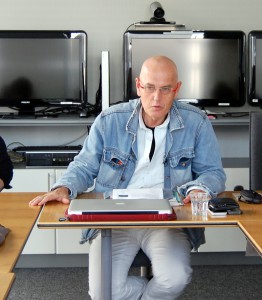
Peter Gottschalk talking at ARTE about « 14 » .
Crédit: Barbara Hiller
One of the 14 protagonists: The German artist Käthe Kollwitz
Both, men and women, popular and “ordinary” people were chosen for the portraits. They come from Germany, New Zealand, Great Britain, France, Austria and other countries. “The circumstances of the time are often forgotten. Even people who were well-known in the 20th century have disappeared from peoples’ memories today”, says Gottschalk. For this reason, the series explicitly concentrates on the civil rather than the military view of the war. One of 14 protagonists is the German artist Käthe Kollwitz. Her life is an example of how the role of women changed during World War One. She was born 1867 in Königsberg, Germany. Her father quickly discovered her artistic talent. At the age of 14, he sent her to an art teacher to learn painting and copper engraving. In the 1890s, she moved to Prenzlauer Berg in Berlin with her husband, where she completed her studies in arts. In 1919, due to the recognition she received for her work, Käthe Kollwitz became the first woman to enter the academy of arts in Berlin. Her work reflects one of the most decisive experiences in her life: the death of her son Hans during the first year of World War One. In fact, she had supported his decision to go to war to fight for Germany. Working helped her to cope with his death and the destructive effects of the war. Her drawing, etching, lithography and woodcuts present their subject in its full, unadulterated truth. She created and sold posters in remembrance of the war’s victims and used the proceeds to help suffering civilians. Today, a collection of her work can be seen in the museum Louvre Lens as a part of the exhibition “the disaster of war”( http://www.louvrelens.fr).
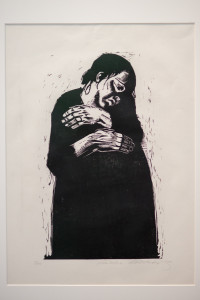
Käthe Kollwitz shows the horror of war.
Credit: Gilberto Güiza
The first awards have already been won
By showing history through the eyes of those who experienced it, ARTE has reached a great audience in countries all over the world. The episodes, directed by Jan Peter, have already received awards in France and Germany. The newspaper “Le Monde” describes it as “a never before seen virtuosity », the German newspaper “Süddeutsche Zeitung” calls the series “a story of the destruction and the future of television. » Peter Gottschalk is pleased with the results of the project which took almost five years to complete. He already has an idea for a new documentary drama series: it will “deal with the years after World War One, 1918 and 1933.”
Jana Kugoth
